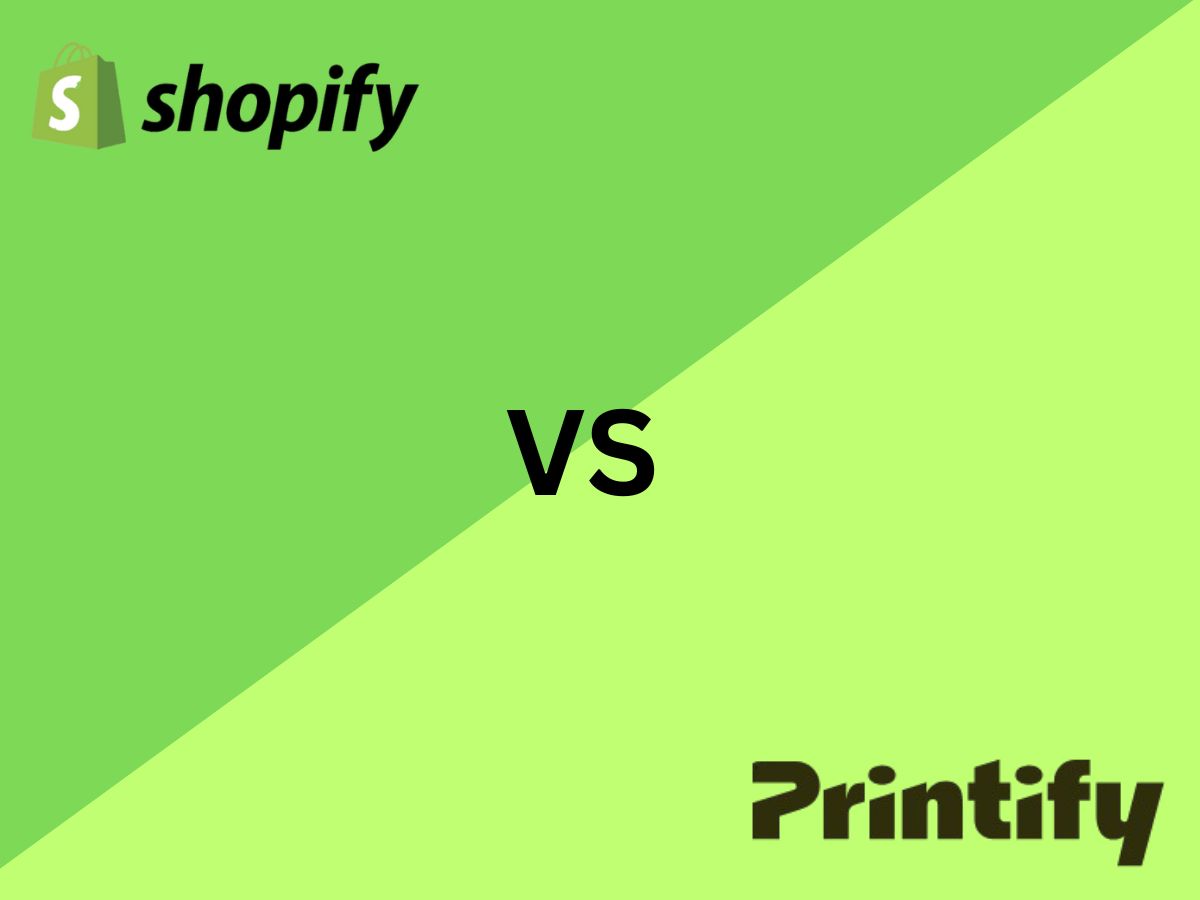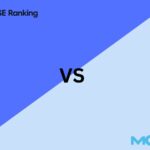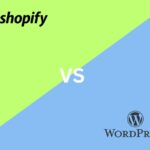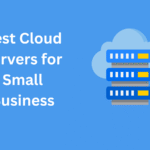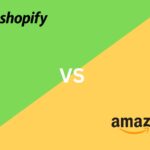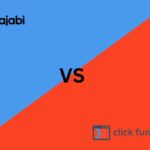The dynamic world of e-commerce usually requires entrepreneurs to find effective means of starting up and expanding their online markets. Shopify vs Printify are two leading platforms that can help in this process. Although they have different purposes, it is important to perceive their functionalities and how they can be used together to succeed in the print-on-demand (POD) industry.
Shopify Overview
Shopify is a powerful e-commerce tool that assists individuals and companies in developing, operating, and growing online stores. Founded in 2006, it is today one of the most popular platforms used by online entrepreneurs worldwide, which implies an opportunity to use numerous tools enabling multi-stage sales online.
Printify Overview
Printify works as a print-on-demand (POD) online retail service that enables entrepreneurs to design and sell personalized items without inventory. After an order has been placed, Printify links with printing companies to print and deliver the item to the client.
Quick Verdict: Shopify vs Printify
Shopify and Printify are complementary to each other as they have varying uses in the e-commerce sector. Shopify is an effective tool to create and operate online shops, with mass customization and marketing, as well as payment availability. Printify, in its turn, is a print-on-demand service, which takes care of printing and fulfillment of the products so that entrepreneurs can sell their custom-printed merchandise without having to carry an inventory. When combined, Shopify behaves as the storefront, whereas Printify takes over the scene and does the order fulfillment. To those already in the print-on-demand industry, the integration of the two lowers the barrier to entry and overheads in setting up a branched online business and then allows the user to slowly scale the business to heights with minimal operating overheads or risk incurred.
Shopify vs Printify: Pros and Cons
Shopify Pros and Cons
Pros
- User-Friendly Interface- Simple to install and control even for the novice user.
- Customizable to the extreme – Themes, applications, and code level.
- Payments Built-in Shopify Payments, and support for most gateways.
- Solid App Store- More than 6,000+ applications to add to the functionality of the store.
- Scalable- Applicable to small beginning companies to large businesses.
Cons
- Monthly Fees- They may be expensive as your business expands.
- Restricted Free Themes- Most premium themes come with an added purchase.
- Transaction Fees Paid outside of Shopify Payments will incur additional fees.
- App features can be costly, and they are expensive to acquire numerous features using third-party apps.
Printify Pros and Cons
Pros
- No Inventory is required – Fantastic to use with print-on-demand businesses that carry relatively low risk.
- Large Product Selection – 900+ products such as clothing, mugs, posters, etc.
- Global Fulfillment Network Partners in the U.S. and Europe,e and the rest of the world.
- Free to use- There is no subscription to start.
- Mockup Generator – Assists in the preview of products to be published.
Cons
- Variability in the quality of products produced- This depends on the print provider; a sample is advised.
- Shipping Fees and Shipping Times vary, depending on the location of the provider.
- No Native Storefront- Requires couplings with applications such as Shopify or Etsy.
- Insufficient control over branding activities. Some providers do not provide branded packaging.
Pricing: Shopify vs Printify
Shopify Pricing
Shopify is established based on a subscription, and there are a few levels:
- Basic Plan: 29/month
- Plan Shopify: 79 dollars a month
- Advanced Plan: R299/ month
- Shopify Plus: The enterprise-level solutions cost a minimum of 2,300/mo
The plans also have different levels of features, with the elevated offering to have advanced analytics and reporting, and more staff accounts.
Printify Pricing
- Printify has a flexible system of prices:
- Free Plan: You have access to the whole product catalog on a pay-as-you-go basis.
- Premium Plan: 29 a month, with a lower product rate and extra functionality.
- Enterprise Plan: Flexible costs on large-scale activities with special requirements.
Ease of Use: Shopify vs Printify
Shopify and Printify are user-friendly in the way they are created; however, they support diverse functions.
The Shopify platform stands out in terms of convenience in the process of creating and managing an online store. It is easy to use; its drag-and-drop interface, setup wizard, and helpful support center make it usable even by first-time users. These processes as modifying a storefront, handling products, and processing payments, are simplified.
Printify, specializing in print fulfillment, is also novice-friendly. It allows users to upload a design and use it with a mockup generator on various products and sync with the Shopify store effortlessly. It has a clean interface, and the workflow is easy.
When the two are combined, lies the true power. When an order is made on Shopify, it is automatically directed to Printif, and this means that the process will be mostly hands-free. Although it may take time before one gets used to using both of the platforms, the learning curve is rather steep, particularly when one considers the prevalence of tutorials and aids.
Marketing and Sales Tool: Shopify Vs Printify
When it comes to marketing and sales tools, Shopify is different. The built-in features include, but are not limited to, SEO optimization, email marketing (Shopify Email), discount codes, cart recovery, and integration with the largest advertising platforms (Facebook, Google, TikTok). Its app store allows access to thousands of third-party tools for affiliate marketing, up-selling, loyalty programs, etc. It also promotes the practices of blogs and related practices of content marketing, which contributes to organic traffic, as well.
Printify, in its turn, is only a product fulfillment platform that also lacks native marketing tools. It is based on integration with such platforms as Shopify, where all customer interaction and sales operations are performed. Nevertheless, Printify contains the control of price, product mockups, and customized branding (limited), which allows the seller to sell their products more competently.
Shopify and Printify can serve as an excellent combination when combined; Shopify will furnish the front-end marketing and direct guaranteed traffic, whereas Printify will sort the back-end solution and logistics. This renders them an effective team in establishing the print-on-demand business in an efficient manner.
Compatibility with other Platforms
Shopify has powerful integration features, and as such, it is a strong center of multi-channel selling and marketing. It gets easily integrated with the well-known marketplaces, such as Amazon, eBay, and Walmart, so that the users can expand their reach. Another social platform integrated with Shopify is Facebook, Instagram, and TikTok Tok where products can be tagged and purchased there. In the case of email and aditions, the tools available are Klaviyo, Mailchimp, Google Ads, and Meta Ads, whereas the analytics can be measured with the use of Google Analytics or Hotjar.
Printify is smaller in scope but natively integrated with most of the large e-commerce stores, such as Shopify, Etsy, Wix, eBay, and WooCommerce. The integrations will automate the process of order fulfillment and product syncing, allowing for the ease of selling in several storefronts.
Shopify and Printify offer a simplified option in collaboration because Shopify takes care of sales and communication with customers, and Printify deals with fulfillment. This broad-based integration assistance is important to reach efficiently at various online channels efficiently.
Scalability and growth in the future
Shopify is scalable and tailored toward business needs, ranging from a startup and an enterprise. You can also advance plans when your shop goes big by unlocking the latest features of professional reports, automation, and cross-store management with Shopify Plus. The app ecosystem and third-party integrations that it has make sure that you can keep adding new functionality as and when you want, such as inventory management, international sales, and omnichannel marketing.
Another reason it promotes growth is that Printify has an enormous network of print providers in various regions, which provides a quicker shipping process and lower costs worldwide. Using the Printify Premium plan, buyers enjoy product discounts, which create a great profit margin for the high-volume sellers. Enterprise option provides specific support and made-to-order solutions to large businesses.
Together, Shopify and Printify generate a low-risk and scalable method of creating a print-on-demand brand. Entrepreneurs are able to pilot products, open new marketplaces, and launch an international business without being bothered by manufacturing, warehousing, and other logistics facilities.
Customer Support
The customer support of Shopify is also solid, with 24-hour support by live chat, email, and phone (in some plans). There is also a broad help base, community discussion forums, and hundreds of tutorials and webinars, as well as documentation to support users of all abilities. The general reaction to Shopify support is positive, at least in areas of technical or billing problems.
As an additional advantage, Printify also has 24/7 support, which mostly occurs through live chat and email. Although they do not offer support over the phone, it tends to be quick, and knowledgeable members of the support team know more about fulfillment, product difficulties, and integrations. Printify also has a complete Help Center that includes articles and design policies.
Shopify and Printify present stable assistance that can help in operating the print-on-demand companies for their users. In the case of any issues concerning the fulfillment, Printify takes care of that; in the case of store fiddle or payment issue, Shopify will give the required assistance, making both ends of the business well-covered.
Final Verdict: Shopify vs Printify
Shopify and Printify are useful in dissimilar ways, yet they complement each other. Shopify is an intensive e-commerce platform that allows you to establish, design, and run your online store using feature-rich sales and marketing tools. Printify is an online printing-as-needed company that manages inventories of products and orders. They are valuable as individuals, but they are powerful, at least when applied together. Make a branded shopping experience with Shopify and automate the product fulfillment with Printify. It would be advantageous to those entrepreneurs who start a low-stakes, scaled business because of the smooth cooperation of these platforms, which would facilitate the launch of a successful print-on-demand store to develop and maintain it.
